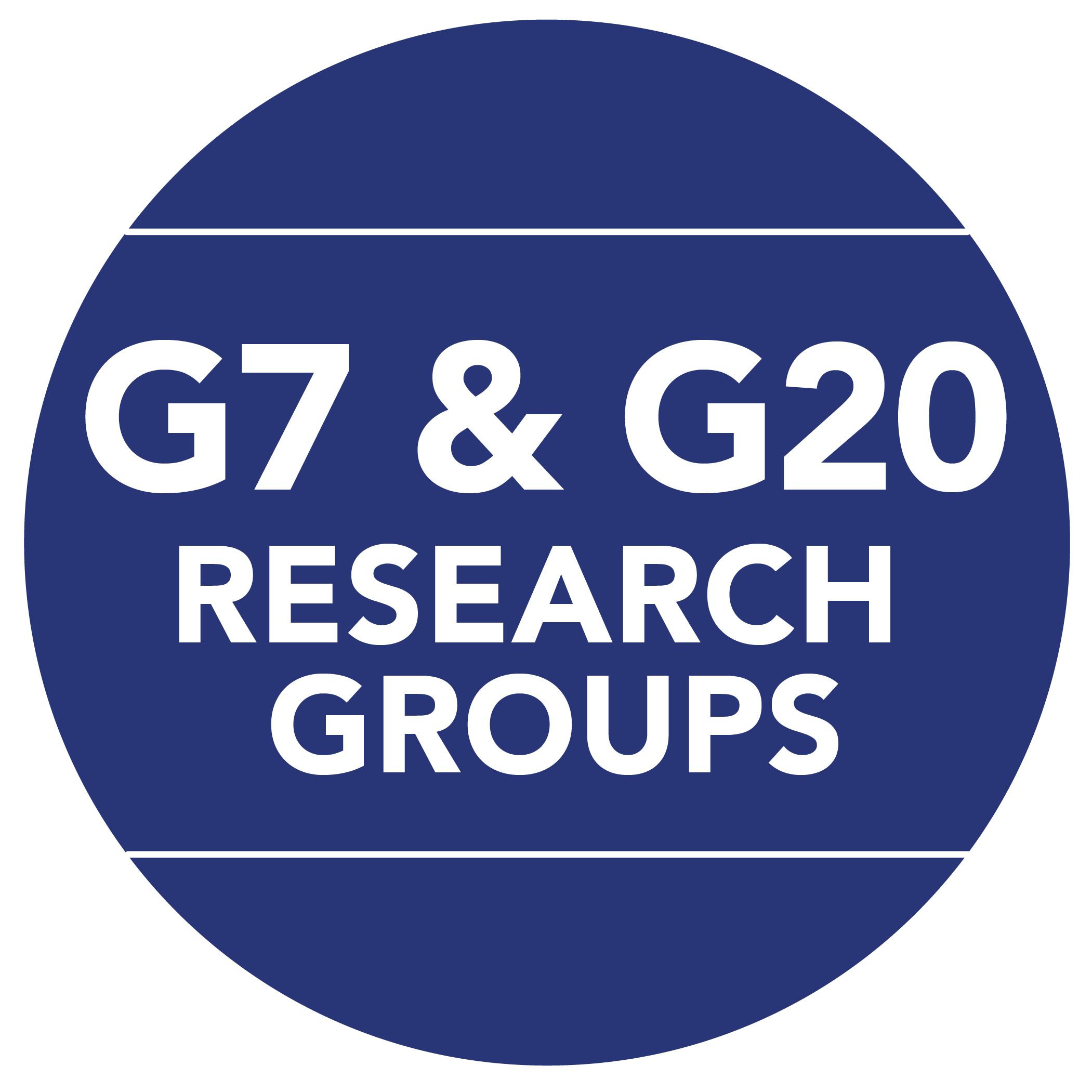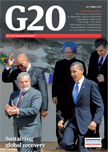

 |
 |
|

India’s role in getting Doha done
By Yoginder K. Alagh, chancellor, Central University of Nagaland,
and former minister, power, planning and science and technology India
To download a low-resolution pdf, click here. (Be patient! It's 7.7 MB.)
India is laying the foundations for more open trade, with the focus on rural growth, employment and food security
The Indian position has developed since the failure at the 2003 ministerial meeting of the World Trade Organization (WTO) in Cancun, to the point where India has invited the trade ministers to Delhi for negotiations. Permanent interests persist. However, progress is not only in atmospherics, but in substance too. Agriculture is the big issue, and services and others follow. The ministerial declaration at the 2001 Doha ministerial provided “that special and differential treatment for developing countries shall be an integral part of all elements of the negotiations and shall be embodied in the schedules of concessions and commitments and as appropriate in the rules and disciplines to be negotiated, so as to be operationally effective and to enable developing countries to effectively take account of their development needs, including food security and rural development”. India is prepared to implement this policy in its trading regime. India has been willing to treat the earlier drafts of the Doha outcome document as a basis for discussion, since its interests are in laying the foundation for more open trade as a part of a widespread growth process. Rural growth, employment and food security are important in the emerging trading world. The issue is not grain, but access. There must be money to buy food, even if the farmers produce it and the shops have it. There must be agricultural growth, not to grow grain but to create a source of income on a widespread basis. When a large number of people live in rural areas, the state can feed a few people – and it must do so. More generally, however, to grow on a widespread basis, grain growth will slow down. Diversification emerges when incomes grow quickly in response to demand changes. But this was not happening fast enough.
In preparing for Cancun, India was ready to negotiate the draft modalities paper prepared by the WTO’s Committee on Agriculture. India reserved space for its interests. It was willing to integrate monetary policy and tariff policy changes in a medium-term policy package that moved away from direct parastatal intervention to a crop-specific strategy that was compatible with both reform and the WTO. Under chair Stuart Harbinson, an attachment on curbs on parastatals was prepared – and India remained ready to negotiate on such issues. India set up a committee to retool its Agricultural Prices Commission, which I chaired, to build an appropriate strategy for WTO-compatible price interventions. But the United States and the European Union brought in last-minute revisions and the talks failed.
There was scepticism on whether the coalition created by India, Brazil and South Africa would last. But the ideas that India had raised would not go away and the developing world G20 – by that time a G33 – would hold. When the US trade representative called a mini-ministerial meeting, the EU, Mexico, India, Brazil and South Africa were invited. This group of five was the origin of the so-called G4. By 2005 India was being invited to the G8.
Although it was important for India and its partners to walk out at Cancun, it is important today to invite trade ministers to Delhi now. India has prepared much better adjustment paths to trade-dominated agriculture. In January 2009, it announced its decisions on the Alagh Committee’s recommendations on the role of domestic price intervention in a WTO-dominated trade regime. The emergence of a globally competitive agriculture based on efficiency costs, as suggested by the committee, was accepted as the objective of policy. Also reinforced were policies and concepts, not common in the early part of this decade, such as futures, efficient management and market-based distribution costs, flexibility in markets and newer groups, such as self-help groups and producer companies. But, interestingly, India’s cabinet did not accept the recommendation that tariff-based price interventions should be formed according to a rule-based, long-range marginal-cost framework. Later, the Ministry of Commerce unofficially announced that it wanted to give its WTO trade negotiators some room for bargaining.
Two major social developments have given urgency to India’s WTO negotiations. First, the government of Manmohan Singh implemented the revolutionary National Employment Guarantee Scheme for all Indians, created under the guidance of Sonia Gandhi. Second, early in 2009 India made an irrevocable commitment that it will implement a food security scheme for poor, malnourished Indians. Both these policies are integrated into India’s current programmes for widespread agricultural growth, endorsed by both the World Bank’s 2008 World Development Report and the Food and Agriculture Organization’s special report on Indian agriculture.
Markets and their development and processing are the key. Strategic alliances must be encouraged. Legislation developed in 2002 lets farmers’ producer groups and cooperatives register as companies. Targeted employment and food distribution programmes for the poor and hungry segments of the workforce in low-productivity zones are priorities. But a hunger reduction programme, embedded in a food security strategy, must remain part of the broader process of diversification and growth in agriculture.
India will aggressively follow a policy of opening up services and outsourcing. It is now more receptive to the importance of educational, health and financial services on a global basis, under the usual regulatory regimes.
With some luck, India will maintain its momentum to get Doha done within the framework of global market reform and support for livelihood policies as a part of market-led widespread growth. It will play a creative role in negotiating special and differential treatment, tariff bands and non-agricultural market access, where it faces the same dilemmas as does the developing world.
|
This Information System is provided by the University of Toronto Library |
All contents copyright © 2024. University of Toronto unless otherwise stated. All rights reserved.